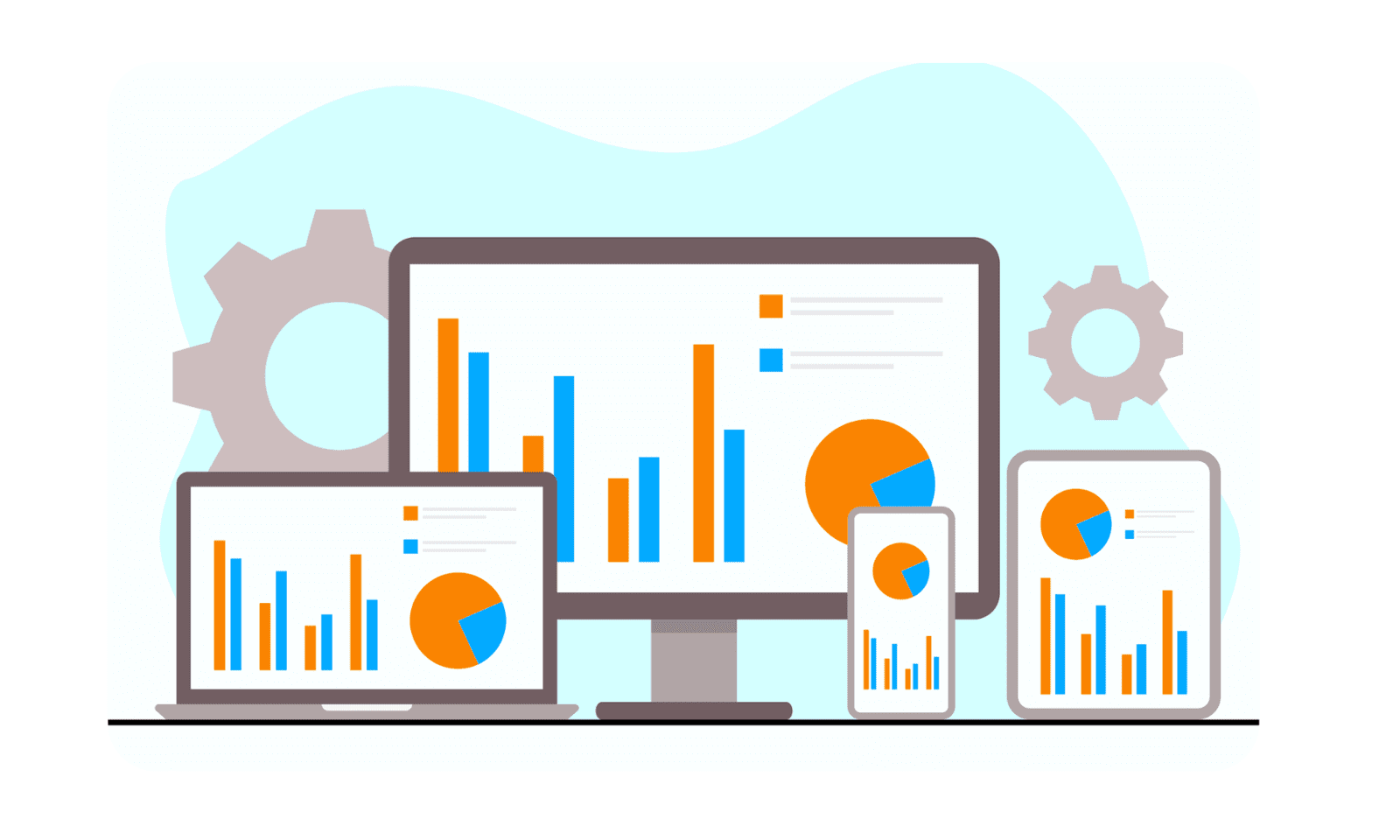
Sales analytics is the process of collecting, analyzing, and visualizing data about sales performance and customer behavior. By leveraging sales analytics, businesses can gain valuable insights into their sales processes, identify areas for improvement, and make data-driven decisions that drive revenue growth. Sales activities provide more context for where each deal is headed, helping sales reps to focus on accelerating the customer journey and close the deal. That is why it is critical to capture all activities and monitor their outcomes to look for greater solutions that grow your business' revenue.
Getting Started on Zoho
There are many tools and technologies available to help businesses with their sales analytics efforts. These include customer relationship management (CRM) systems, data visualization tools, and predictive analytics platforms. Zoho One gives you an all-in-one integrated system to transform your business' activities into a more connected and agile organization. This product includes more than 40 enterprise-level online applications to grow sales, market your business, do your accounting, communicate with teammates and customers, and much more. By implementing these tools and technologies on Zoho, businesses can gain a more complete view of their sales performance and customer behavior, which can inform data-driven decisions that drive revenue growth.
Benefits of Sales Analytics
Here are just a few ways that sales analytics can drive revenue growth:

Improved sales forecasting: Accurate sales forecasting allows businesses to make informed decisions about budgeting, resource allocation, and staffing. By analyzing historical sales data and applying predictive analytics, businesses can create more accurate sales forecasts and better plan for the future.

Increased efficiency: Sales analytics can help businesses identify bottlenecks in their sales process and find ways to streamline and automate tasks. This can lead to increased efficiency and productivity, resulting in higher sales and revenue.

Customer segmentation: Sales analytics can help businesses segment their customers based on factors such as demographics, purchasing history, and behavior. This allows businesses to tailor their sales efforts and marketing messages to specific customer segments, resulting in higher conversion rates and revenue.

Targeted marketing: By analyzing customer data, businesses can identify the most effective channels and tactics for reaching and converting potential customers. This can help businesses allocate marketing resources more effectively, resulting in higher return on investment and revenue growth.

Improved sales productivity: Sales analytics can help businesses identify top performers and identify the factors that contribute to their . By analyzing this data, businesses can replicate these factors across the organization and improve overall sales productivity.

Price optimization: Sales analytics can help businesses identify the optimal price for their products or services based on factors such as demand, competition, and cost. By setting the right price, businesses can maximize their revenue and profitability.
Conclusion
Overall, data analytics is a powerful tool that can help businesses increase revenue and drive growth by providing insights into customer behavior, market trends, and operational efficiency. In order to effectively leverage sales analytics to drive revenue growth, businesses need to have a strong data infrastructure in place. It's required to include robust systems for collecting, storing, and analyzing sales data. It is also important to have a team of skilled analysts who can interpret and act on the data. By collecting, organizing, and analyzing data, businesses can identify opportunities for improvement and make data-driven decisions that optimize performance and drive results.


